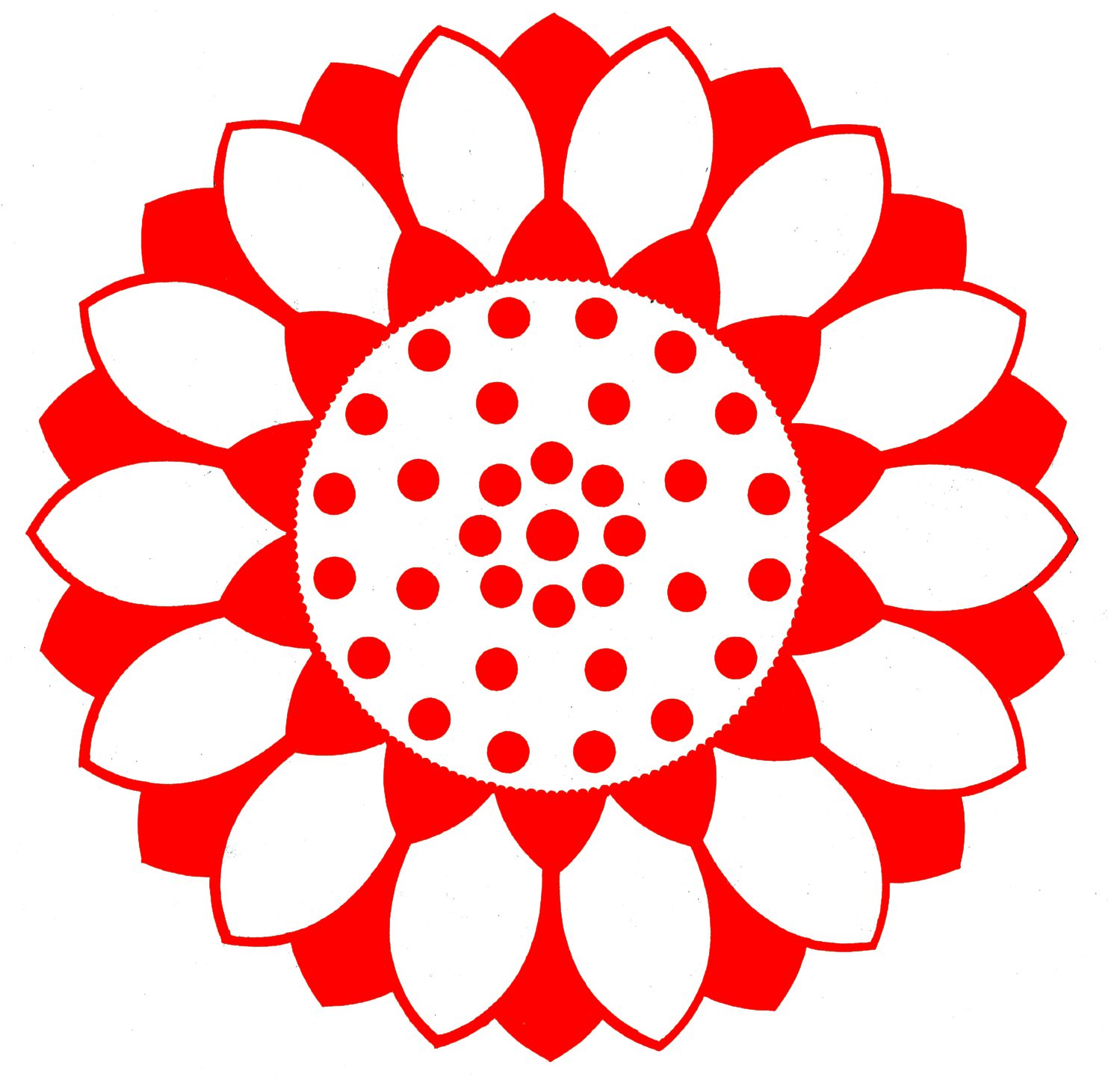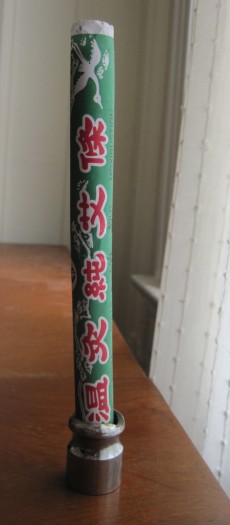Moxibustion, or Moxa for short, is a Traditional Chinese Medicinal Therapy using dried Mugwort. The tips of the mugwort plant are pulverized into a fluffy substance which is then burned over specific points on the body to promote healing.
Mugwort or Artemisa Vulgaris in Latin, has a long history in Traditional Medicine and has been used throughout China, Tibet, Korea and Japan. Additionally, mugwort is regarded as a sacred plant of divination and spiritual healing by traditional people of North and South America.
All of the parts of the plant can be utilized; leaves are consumed as tea or added to food and according to medieval practices, placed under pillows for dream enhancement. Mugwort was also referred to as a traveler’s herb and was traditionally used to strengthen and protect travelers. Additionally, Chinese Folklore recommends draping a bunch over the door to promote health for the entire year.
Mugowort can be spotted popping up between sidewalk cracks and along the side of highways. Mugwort is all over New York City.
Mugwort apparently thrives in the urban jungle.
In Notes on Bian Que’s Moxibustion, it says, “When a healthy man often has moxibustion to the points guanyuan, qihai,mingmen, and zhongwan, he would live a very long life, at least one hundred years.”
Why:
Moxibustion is a panacea. Moxibustion has the power to travel to all of the channels of the body, which means that moxa can systemically warm the body and stimulate circulation.
Moxibustion Uses:
- Moxibustion treats “cold conditions”, which may manifest as pain, reduced circulation and arthritis.
- Moxibustion has an ability to support the immune system and decrease inflammation, this makes moxa useful for the treatment of chronic illnesses, fatigue, allergies and lowered immunity.
- Additionally, moxa has the special ability to guide to the uterus. Often called a “woman’s herb” moxa is effective for the treatment of delayed, painful and irregular menses.
- Turn breech babies. This is an empirical usage for moxibustion and have been proven an effective treatment for cephalic positioning in numerous clinical trials.
Moxibustion for Fertility:
Moxa is considered an emmengogue, which means an herb that stimulates blood flow to the uterus.
Moxa is particularly useful for treating “cold” reproductive health conditions that manifest as:
- Irregular menses
- Painful, clotty periods
- Stagnation
Cold, stagnant conditions could be considered endometriosis, fibroids and cysts in the allopathic paradigm.
Using pole moxa or direct moxa over the uterus brings warmth and Qi into the organ. Blood flow quickly increases and pain diminishes.
A moxa box can also be utilized. Moxa box is literally a box stuffed with fresh moxa and burned over the abdomen. This can help concentrate the warming powers of moxa into the uterus.
Types of Moxibustion
Indirect Moxibustion:
Indirect moxa can be applied by using Pole Moxa. Moxa is pressed and rolled into sticks that are waved over the acupuncture points or regions of the body. Pole moxa comes in smokey and smokeless forms. Smokeless Pole moxa is useful for pregnant women.
Sticky Moxa:
Stick-on moxa is a great modern day product created in Japan, Korea and China. The base is a self-adhesive to the treatment point.
“Warming Needle”:
- Fresh moxa is rolled into a ball and placed in the end of an acupuncture needle and lit. This drives the heat into the acupuncture needle, which is transmitted deeply into the acupuncture point.
- “Shish-kebob moxa” are pre-rolled cones of moxa that can be applied to the tip of the needle.

Direct Moxibustion:
A practitioner will roll small balls otherwise known as ‘Rice Grain Moxa” and place them directly on the skin, typically over a salve to prevent accidental burning. The moxa is often lit with a stick of incense and removed when hot.
Additionally moxa can be pressed into cones that are also applied to the skin and lit.
Additional Techniques:
- Ginger Moxa:
To enhance the warming power of moxa, direct moxa can be burned over a slice of ginger on the navel. This technique is particularly effective for stomach and intestinal conditions like diarrhea and nausea.
- Salt moxa:
Burning direct moxa over sea salt in the umbilicus is another way to deeply warm the core of the body. This is very effective for the treatment of lowered immunity, hypothyroid and GI issues such as diarrhea.
Mugwort Leaf, Ai Ye:
The leaves of the Mugwort plant are also used medicinally in Traditional Chinese Medicine. This herb, called Ai Ye is typically added to a customized formula to bring warmth to the uterus.
How:
Pole Moxa:
- Light the pole
- Hold the pole approximately 1.5″ from the skin. Make small circles with the pole or a pecking motion with the pole.
- Do not touch the skin.
- Heat each point for 3-10 Minutes.
- Extinguish in a mason jar.
- Do not attempt direct moxa at home.
Acupuncture Points Recommended:
zusanli (ST-36):
Frequent moxibustion on zusanli can invigorate the spleen and stomach, assist in digestion and strengthen the body.
Shenque (Ren-8): Frequent moxibustion on this point can tonify Qi and strengthen the body.
zhongwan (Ren-12): Frequent moxibustion on this point can tonify Qi and strengthen the body.
yongquan (KI-1): Frequent moxibustion at this point can strengthen the body and contribute to longevity, for it replenishes the kidney and invigorates yang. When using moxa sticks for moxibustion, it should last 3-5 minutes, and in the case of using moxa cones, 3-7 cones are usually needed each time.
For Turning a Breech Baby:
Use smokeless moxa at UB 67, the lateral tip of the pinky toe for 10 minutes on each side daily. Start between 34 weeks and 38 weeks for best results.





